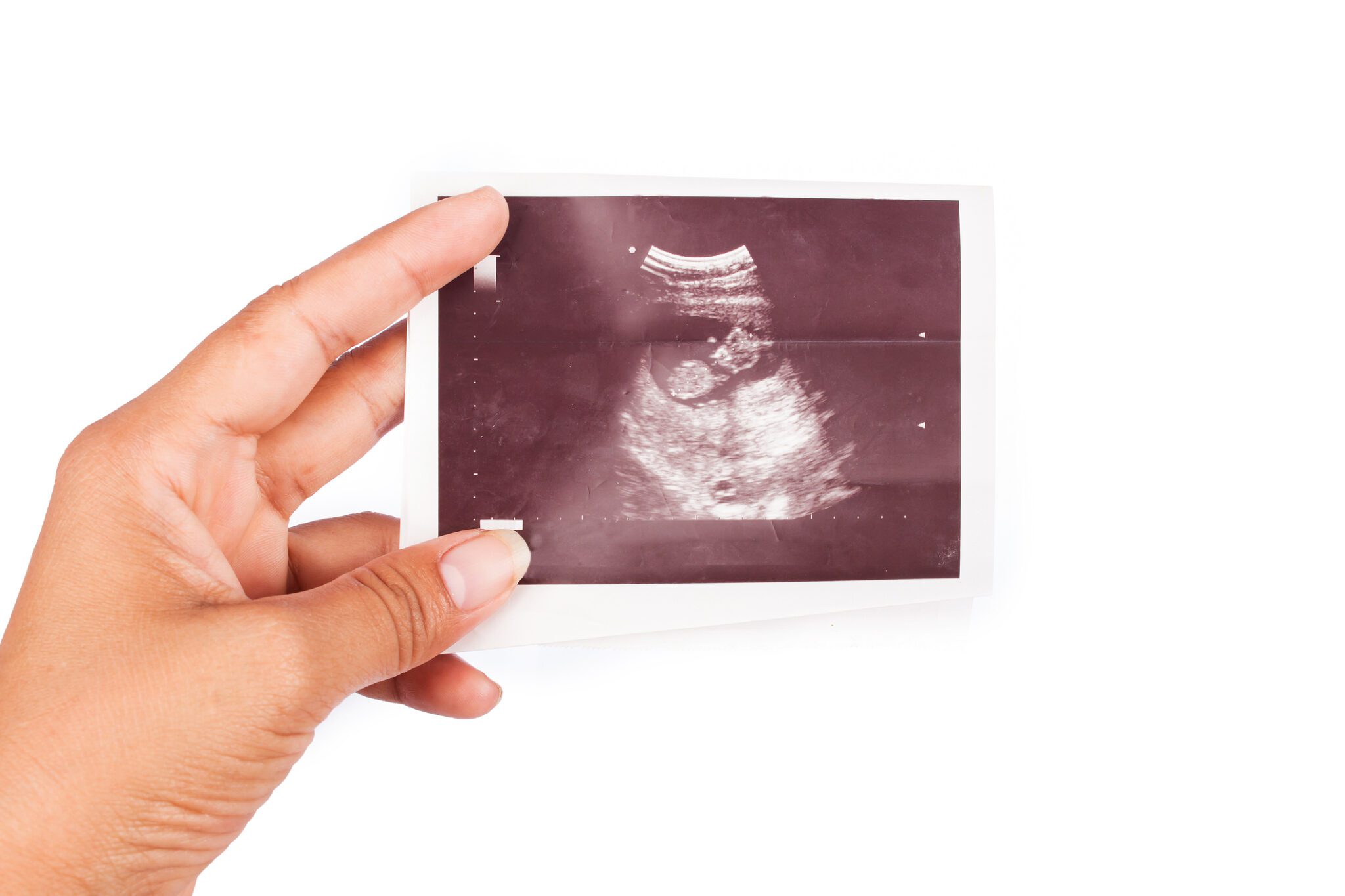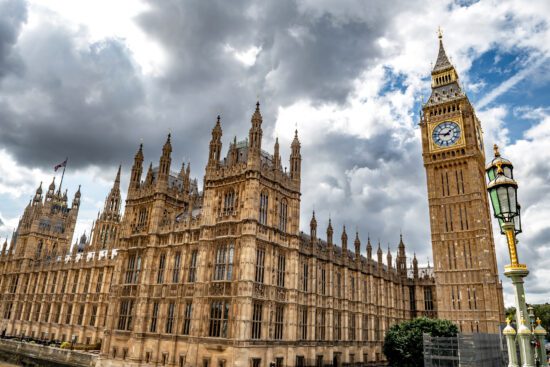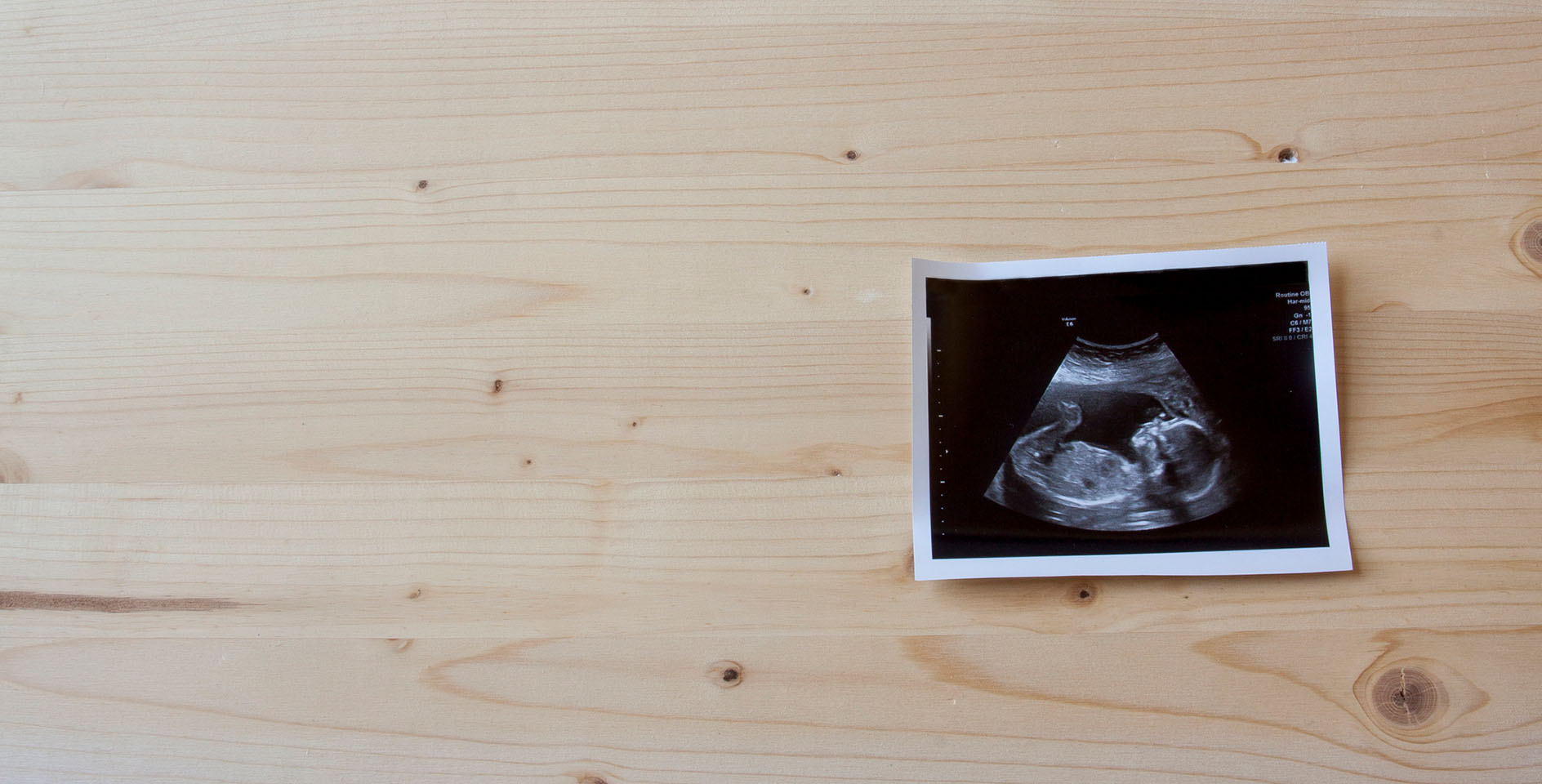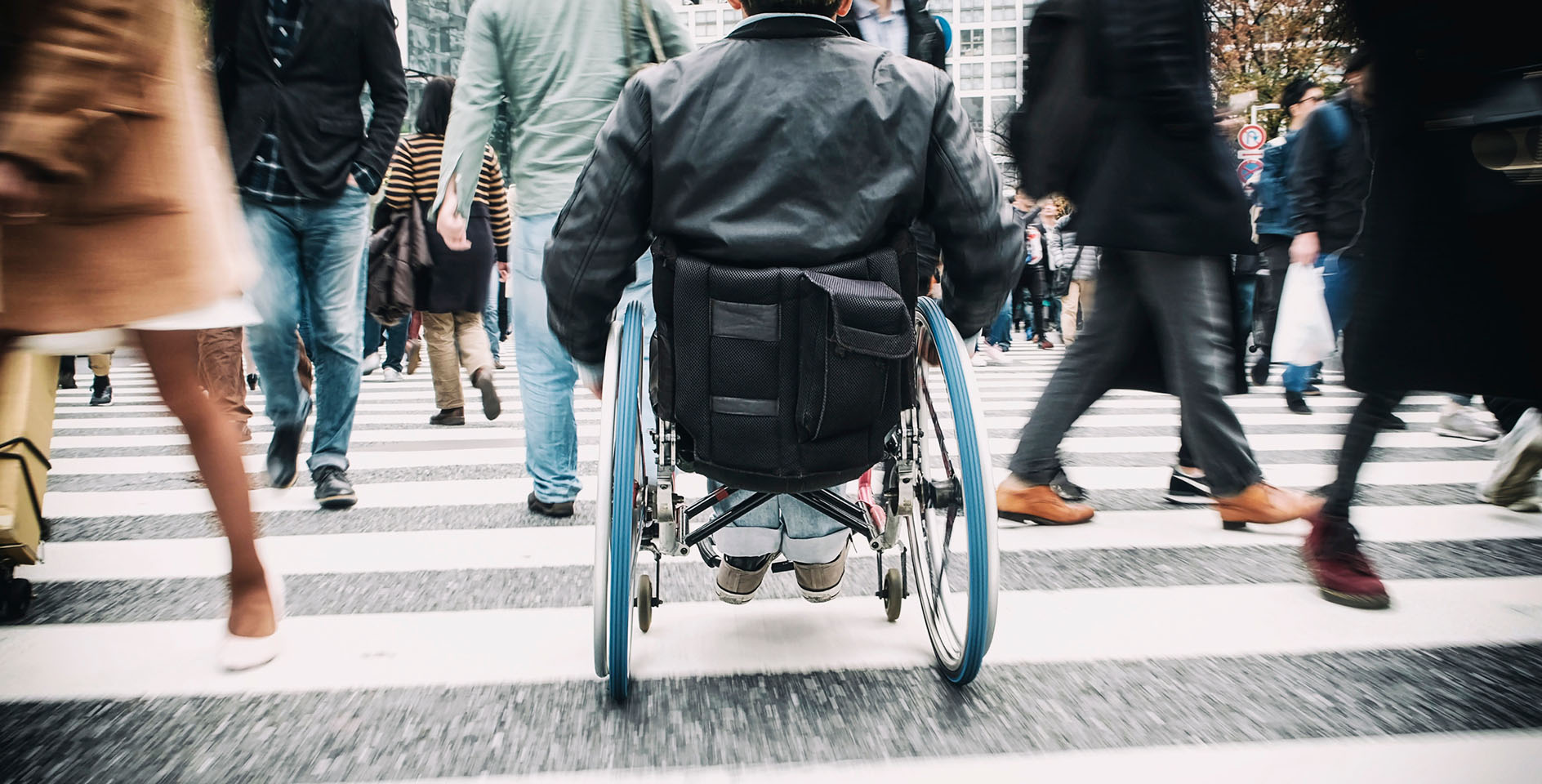(Note: This is the second in a two part series. Part one can be found here.)
Over the past few decades the Dutch have expanded the scope of protected physician killing to include children. With their parent’s permission, a child between the ages of 12 to 16 years old may request and receive assisted suicide. (Initially, minors could obtain an assisted death even if their parents objected, but after domestic and international criticism, the law was changed to require parental consent.) Even before the Parliament made it legal to euthanize young children, doctors in the Netherlands took it upon themselves to end the life of infants and others who do not have the free will to agree to end their own lives, but whose existence doctors or parents deemed them “unfit.”
In October 2004, the Groningen Academic Hospital officially proposed a government policy—dubbed the Groningen Protocol—which would allow doctors to legally euthanize children under the age of twelve for conditions in which suffering was “so severe that the newborn has no hope of a future.” The hospital even admitted to administering a lethal dose of sedatives to four newborns in 2003. In the previous three-year period, fourteen other cases had also been reported by various hospitals to the Justice Ministry. No legal proceedings were ever taken against either the hospitals that condoned the practice or the doctors who carried out the killings.
The lack of prosecutions is hardly surprising considering the Dutch people’s attitude toward killing those deemed unworthy of life. A survey by the NIPO Institute in 1998 found that 77 percent of the populace favored non-voluntary euthanasia while only 76 percent favored voluntary euthanasia. Although the one percent difference falls within the margin of error, it may also be attributable to the false belief that non-voluntary killing is considered only as a last resort while voluntary euthanasia can be administered for almost any reason. As reported in one Dutch documentary, a young woman in remission from anorexia was concerned that her eating disorder would return. To prevent a relapse, she asked her doctor to kill her. He willingly complied with her request.
Death for those ‘suffering from life’
The anorexia example is horrifying, but at least in that instance an actual physical illness was involved. As the most recent legislative proposal shows, some advocates of the practice consider the presence of a debilitating illness or physical suffering as too stringent a prerequisite for permitting euthanasia.
The Dutch Voluntary Euthanasia Society (DVES), for example, was generally pleased with the relaxation of euthanasia laws, but it was disappointed that the law continued to forbid the killing of people who are simply tired of living. “We think that if you are old, you have no family near, and you are really suffering from life,” said DVES spokesperson Walburg de Jong, “then [euthanasia] should be possible.”
Days after the change in the law, Dutch health minister Els Borst admitted in an interview that she had no problems with providing “suicide pills” for elderly citizens who were simply “bored sick” with living. (The public now seem to agree: A study in 2013 found that more than one in five Dutch people believe that euthanasia should be allowed for elderly people who are "tired of living.") And another poll in 2015 found that Dutch doctors would willingly euthanize anyone who was, “tired of living, with medical grounds for suffering but in the absence of a severe physical or psychiatric disease.”
Perhaps the most significant shift in the public acceptability of voluntary euthanasia occurred in the summer of 1991, crystallizing around another important legal case. Psychiatrist Boudewijn Chabot treated a woman whom he gave the fictional name of “Netty Boomsma.” The woman was suffering from grief over the loss of her youngest son to cancer at the age of twenty. Her eldest son was also dead, having killed himself two years earlier after being rejected by his girlfriend. Boomsma, who had a long history of depression, approached Chabot with the understanding that he would assist her suicide if she did not change her mind about wanting to die.
Although the crushing grief over losing a child can last for years, Chabot treated Boomsma for only two months before fulfilling his promise. Four months after the loss of her youngest son to cancer, Chabot gave Boomsma the lethal agent she needed to kill herself. While listening to the sounds of the same Bach flute sonata that had played at her son’s funeral, the grieving mother took the medication and asked the psychiatrist: “Why do young kids want suicide?” Thirty minutes later she was dead.
With the aid of the psychiatrist, the mother was able to end her life and fulfill her desire to be buried between the graves of her two sons. In his defense, Chabot insisted that Boomsma was not depressed, nor even a real patient. She was, he claimed, simply a grieving woman who wanted to die. Many Dutch therapists insist that there is an obligation to assist in the suicide of a patient with suicidal ideation if treatment has not succeeded.
But Chabot provided only minimal treatment: The despairing patient became her own diagnostician, and the doctor simply acted as the deadly pharmacist. After reporting the case to the coroner, Chabot was prosecuted for violating Dutch law, but the case was appealed to the country’s supreme court, which upheld the precedent set by the Leeuwarden criminal court in 1973 that pain relief that runs the risk of shortening life is acceptable when helping a patient suffering from a terminal condition.
The court found that Chabot was guilty of not having provided an adequate psychiatric review of the patient’s case before assisting with the suicide. However, the court imposed no penalty on Chabot, and the legal ruling established the precedent that physical illness was not a requirement for providing “pain relief” that ends a life when the request is voluntary, well-considered, and reviewed by a second physician. Suicidal depression became a terminal disease; psychic distress became a legitimate ground for doctor-assisted death.
While the Supreme Court’s decision was hailed as a victory by euthanasia supporters, it took more than ten years before the medical community openly agreed that neither a terminal illness nor physical suffering should be necessary for ending a patient’s life. After a three-year investigation, the KNMG concluded in January 2005 that doctors should be able to kill patients who are not ill but who are judged to be “suffering through living.”
Jos Dijkhuis, the emeritus professor of clinical psychology who led the inquiry, said that it was “evident to us that Dutch doctors would not consider euthanasia from a patient who is simply ‘tired of, or through with, life.’” Instead, the committee agreed on the term “suffering through living,” because a patient may present a variety of physical and mental complaints that can lead them to conclude that life is unbearable. “In more than half of cases we considered, doctors were not confronted with a classifiable disease,” said Dijkhuis. “In practice the medical domain of doctors is far broader . . . . We believe a doctor’s task is to reduce suffering, therefore we can’t exclude these cases in advance. We must now look further to see if we can draw a line and if so where.”
No boundaries on dealing out death
Over a period of forty years, the Dutch have continued the search for where to draw the line with euthanasia, shifting from acceptance of voluntary euthanasia for the terminally ill, to voluntary euthanasia for the chronically ill, to non-voluntary euthanasia for the sick and disabled, to euthanasia for those who are not sick at all but are merely alcoholics or “suffering through living.”
While the initial impetus may have been spurred by a desire to give expanded rights to the person who faces extreme suffering or imminent death, the effect has been to concentrate power into the hands of state-sponsored medical professionals. And while the justification for assisted death is usually the supposed well being of the suffering patient, the Dutch have redefined natural dependency into an unacceptable or unwanted social burden.
This increasing acceptance of euthanasia in the Netherlands is inversely proportional to the decline of Christianity in the country. In the mid-1960s, about 65 percent of the nation was Christian. Today, that same percentage (67 percent) claim no affiliation. Slightly more than 25 percent of the Dutch people are atheists while only 17 percent believe in the existence of God.
The Dutch sought autonomy from God, which led to a radical embrace of autonomy for the individual. Not surprisingly, the rejection of the Author of Life has led to a Culture of Death in the Netherlands. Faced with the many pains, heartaches, and disabilities that eventually afflict most of us in one form or another, and having no ultimate Redeemer to turn to, the Dutch are resorting euthanasia to quell their distress.
Euthanasia came to Europe through the agnosticism and atheism of the Netherlands. The experience on that continent should serve as a warning that when a nation ceases to believe in God, they embrace collective suicide carried out one person at a time.










